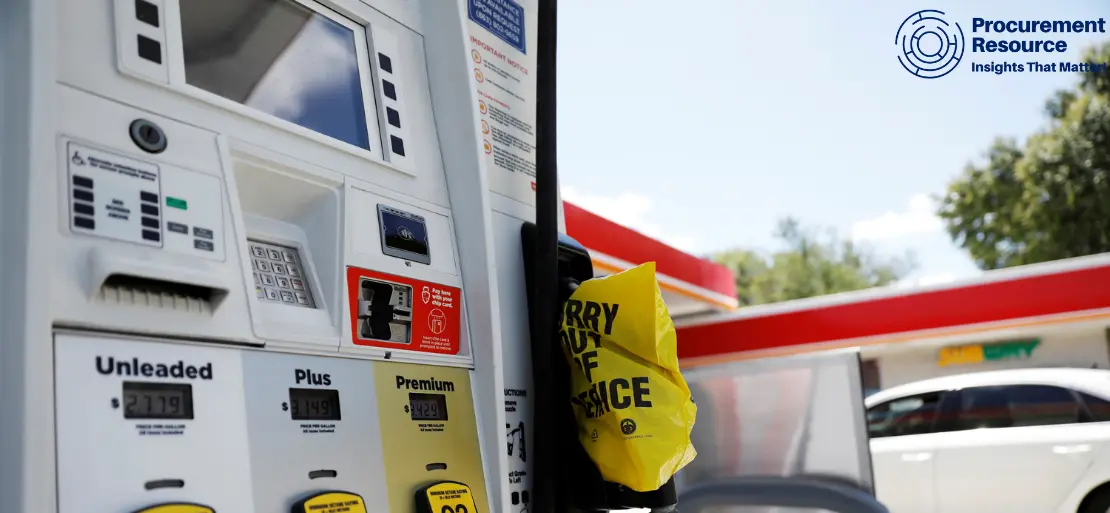Fuel Crisis in the United States Eases as Pipeline Returns to Normal After Hack

The United States was facing a widespread shortage of gasoline across the East Coast region for nearly six days. The situation, however, eased a bit this Saturday, 15th May 2021, when the operators of the country’s leading pipeline, Colonial Pipeline, were back in their capacity of delivering about millions of gallons per hour after the cyberattack last week.
DarkSide, the hacking group, which was responsible for the attack, claimed to have infiltrated four other businesses, including a Toshiba subsidiary in Germany. A Colonial Pipeline representative said that the company has not decided how the initial violation occurred. Every day, the 5,500-mile (8,900-km) pipeline transports 100 million gallons of gasoline, diesel, and jet fuel from Texas pipelines to East Coast markets.
Due to the cyberattack, the ships and trucks in the region were deployed for filling up the storage tanks post the shutdown of the Colonial pipeline for almost a week, which means a massive loss for the company. This cyberattack was one of the most disruptive ones as it led to panic among the consumers and resulted in panic buying leading to further shortages in the gas stations of the product across the Southeast region in the United States.
Gas stations across the east and south region were surveyed through the GasBuddy app, which is a fuel tracking app. As per the survey, there was a shortage of fuel across more than 13,400 gas stations on Saturday, which was much less than the survey of 16,200 on the previous day. On Saturday, the crisis eased a bit as the percentage of gas stations in Washington D.C. without fuel on Saturday was about 75%, less than the shortage of 88% on Friday. The situation improved in other regions as well, including North Carolina and Virginia.
The demand for gasoline in the United States witnessed a drop of about 12.6% from the previous week, when the shortage accelerated, owing to panic buying when the pipeline shut down.
According to the statistics of AAA, a leading federation of motor clubs, the average for a gallon of regular unleaded in the nation was USD 3.04 on Saturday, from USD 2.96 in the previous week. This shortage also led to the increased price of gasoline, which was already witnessing inflation due to the higher prices of crude as well as the robust demand before Memorial Day, which augmented the summer driving season in the United States.
Inflation in gasoline prices was also seen across Georgia and the Carolinas, where the places served by this pipeline, saw massive jumps in prices this week. Georgia and the Carolinas witnessed a price hike of more than 20 cents per gallon. Florence, South Carolina, witnessed the highest price hike at 30 cents, whereas Washington D.C. witnessed a price hike of 9 cents.
The prices, however, are likely to decline once the supply improves. The ships under the emergency waivers were also deployed and were moving from the Coast refiners to the Northeast of the region, whereas 18-wheel tanker trunks were also moving between Alabama to Virginia in order to be able to meet the dearth of the product in the region.



